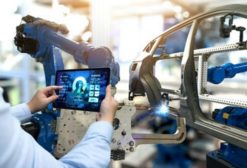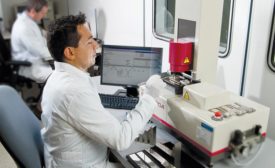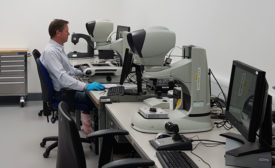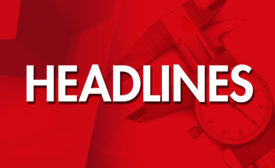Home » accreditation
Articles Tagged with ''accreditation''
Guide to Contracting Calibration Services
Many organizations today require ISO/IEC 17025 accredited calibrations, but simply requesting an accredited calibration is not enough.
April 7, 2021
INDUSTRY HEADLINE
ASSE Forming Accreditation Institute to Recognize Quality Safety Programs
May 7, 2018
Ready for Your ISO Audit?
Put away your spreadsheets. Gage management software takes the angst out of your ISO audit.
September 1, 2017
Proficiency Testing
Accrediting agencies require their labs to participate each year.
January 3, 2017
Stay in the know with Quality’s comprehensive coverage of
the manufacturing and metrology industries.
eNewsletter | Website | eMagazine
JOIN TODAY!Copyright ©2024. All Rights Reserved BNP Media.
Design, CMS, Hosting & Web Development :: ePublishing







